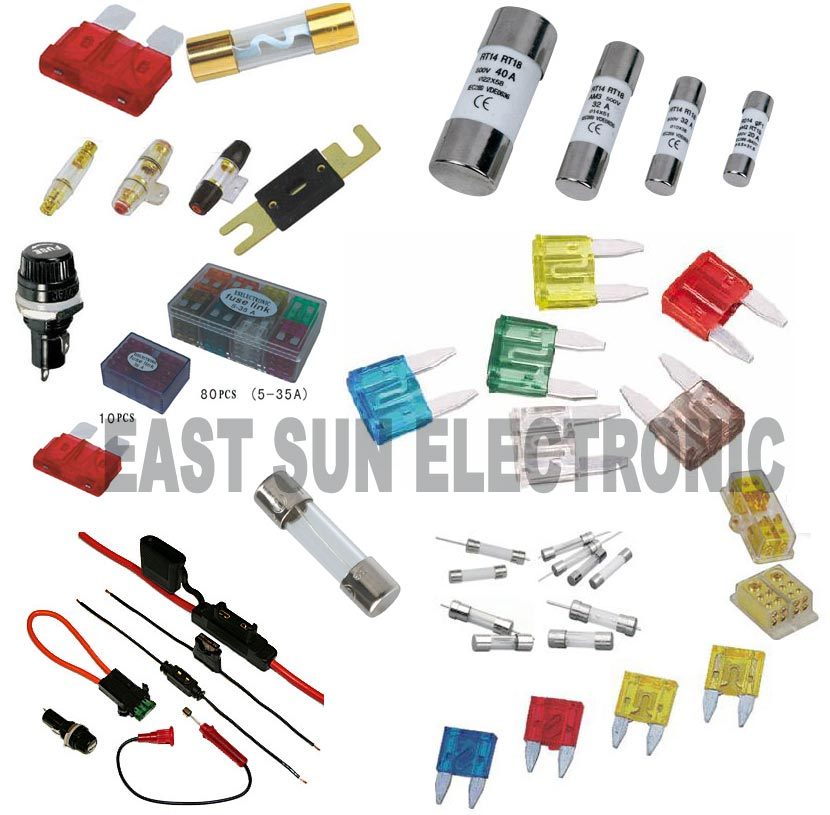
(iii) They are required to be replaced after each operation.ģ. (ii) They lack relays in complete discrimination. (vii) They are quite reliable and can be checked for proper discrimination. (vi) They are capable of clearing high as well as low currents. (iv) They have inverse time characteristics. (ii) They are cheap as compared with other types of circuit interrupter of same breaking capacity. The liquid which surrounds the fuse elements helps extinguish the arc when the fuse blows. They may be used for voltage transformer protection or for circuits upto about 400 A rated current, on systems upto 132 kV or higher. liquid type fuses have the widest range of application of h.v. cartridge type of fuses, similar as construction to 1.v. This type of fuse is reliable and has inverse time characteristics. The current increases due to fault and the fuse operates. The complete space within the body surrounding the elements is filled with a powder which acts as arc extinguishing agent. cartridge fuse (cartridge type) in its simplest form consists of a heat resisting ceramic body having metal end caps to which are welded fusible silver (a bimetallic) current carrying elements. The powder in the fuse cartridge cools and condenses the vapour and quenches the arc thereby interrupting the flow of current.ģ. On overloads or short circuits the fusible element is heated to a high temperature causing it to vapourise. There is sometimes a blowout device in the side of the tube to indicate when the fuse is blown. There are various types of materials used as filler like sand, calcium carbonate, quartz etc. It consists of an insulating container of bulb or tube shape and sealed at its ends with metallic cap known as cartridge enclosing the fuse element and filled up with powder or granular material known as fillers.

(iv) Accurate calibration of fuse wire is impossible, as a longer fuse operates earlier than one of shorter length.Įmployed in domestic installation and in motor installation of voltage rating upto 400 volts and of current ratings upto 300 A. (ii) There is a possibility of renewal by the fuse wire of wrong size. (i) The fuse wire deteriorates over a period, due to oxidation through the continuous heating up of the element. (ii) Easy removal for replacement without any damage of coming into contact with a live part.

If fuse holder or carrier gets damaged during use, it may be replaced without replacing the complete unit.

The fuse carrier is a separate part and can be taken out or inserted in the base without risk, even without opening the main switch. It consists of a procelain base carrying the fixed contacts to which the incoming and outgoing live or phase wires are connected and a procelain fuse carrier holds the fuse element. There are also other fusible alloys which are made from bismuth, cadmium, lead and in different proportions haying melting point in the range of 60 to 120☌.


 0 kommentar(er)
0 kommentar(er)
